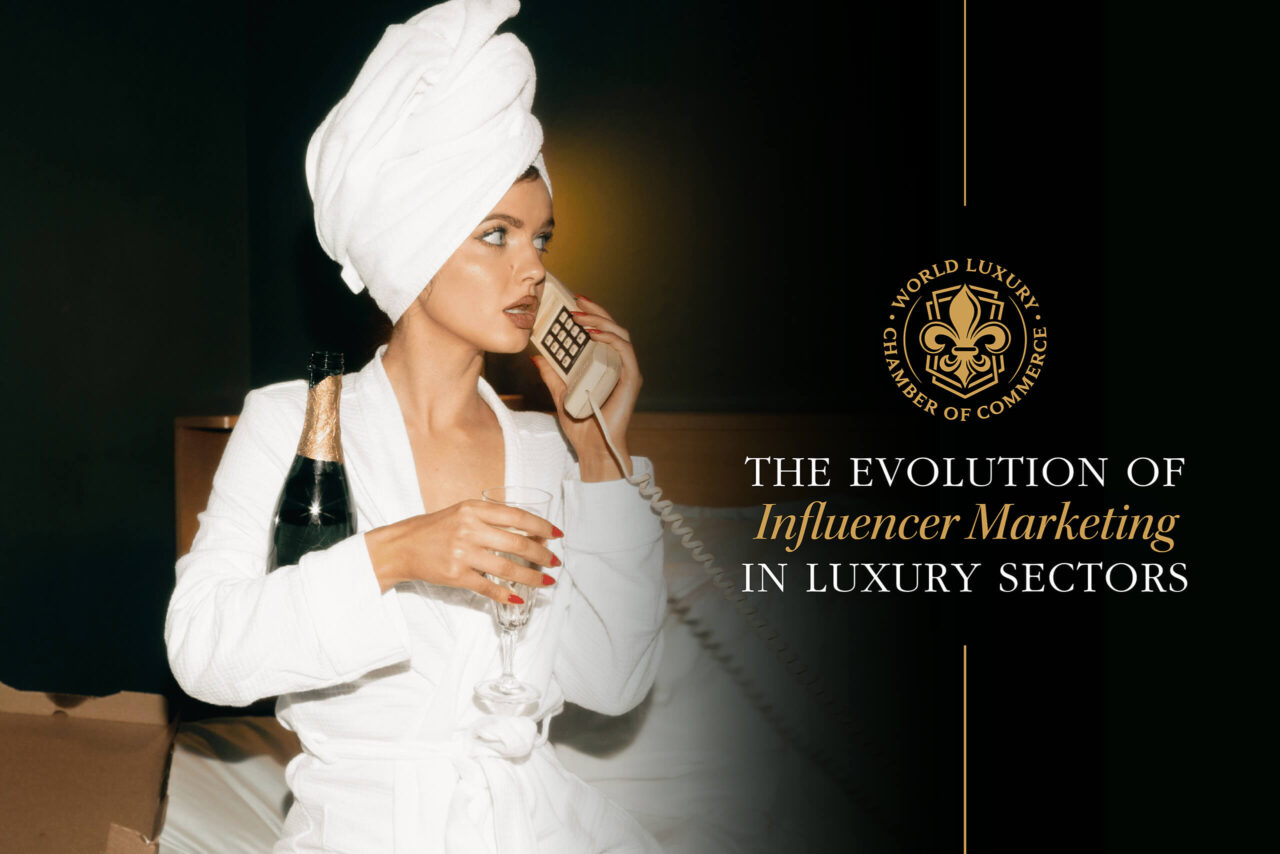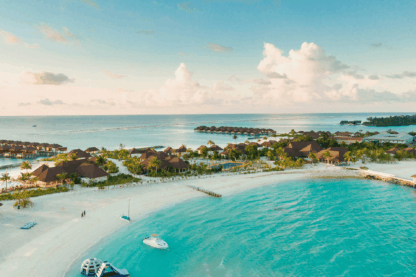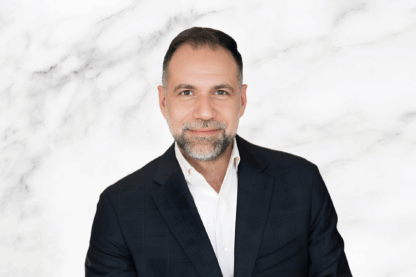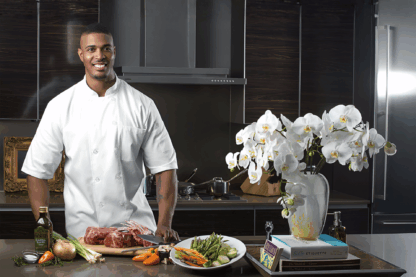In recent years, influencer marketing has transformed the landscape of luxury sectors, becoming a crucial strategy for high-end brands aiming to reach affluent consumers. From fashion to real estate, luxury brands have leveraged the unique allure of influencers to craft narratives that resonate with a discerning audience. This blog explores the evolution of influencer marketing within these exclusive markets, highlighting its impact, adaptation, and future potential.
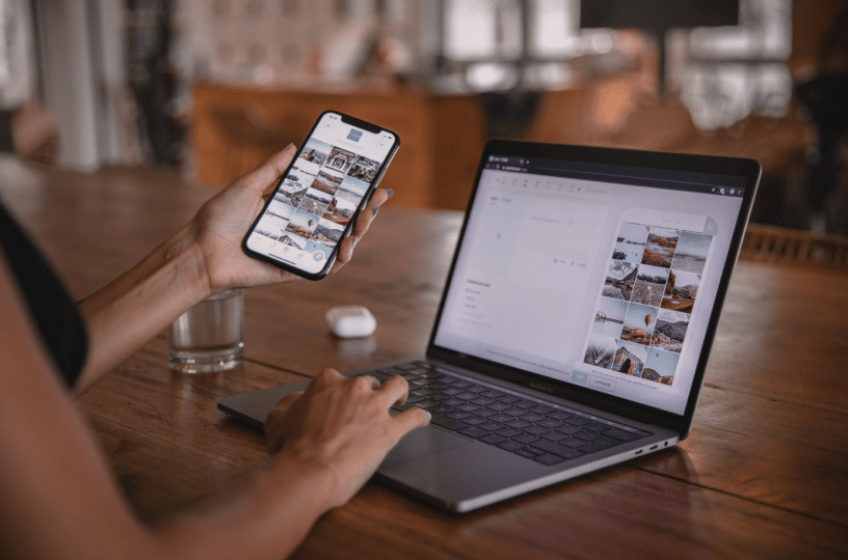
The Early Days: Celebrity Endorsements and Traditional Marketing
Influencer marketing in the luxury industry initially mirrored traditional celebrity endorsements. Prestigious fashion houses and luxury car brands would collaborate with celebrities to create aspirational campaigns. This method relied heavily on the perceived importance and exclusivity associated with the celebrity’s image. However, as social media began to democratize fame, a shift occurred.
The rise of platforms like Instagram, YouTube, and later TikTok, allowed a new breed of influencers to emerge—individuals who built followings not because of mainstream celebrity status, but through relatable content, niche expertise, and authentic engagement. For luxury brands, this represented both a challenge and an opportunity: how to maintain exclusivity while embracing the authenticity that social media influencers offered.
Which platform is the biggest with influencers? Instagram stands as the frontrunner with over 80% of marketers utilizing influencer transactions on Instagram in 2024 – Sprout Social
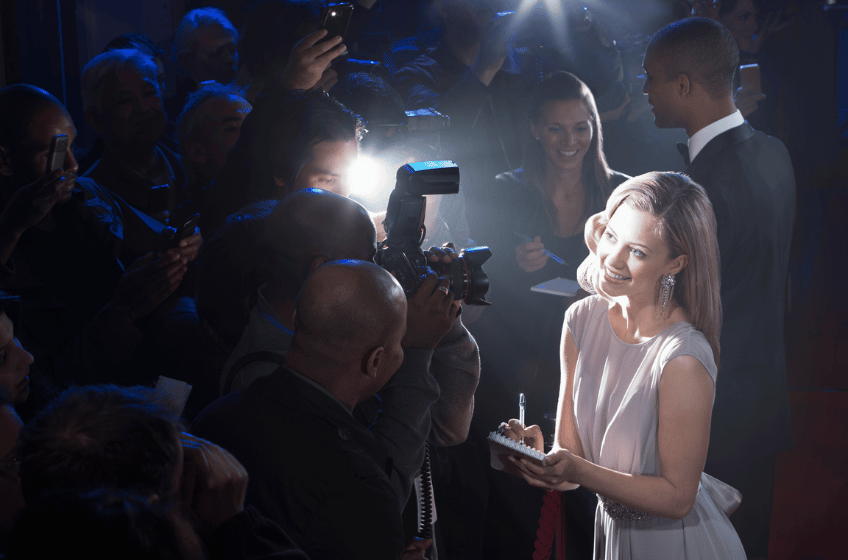
The Shift to Micro and Macro-Influencers
The shift from traditional celebrity endorsements to digital influencers was marked by a focus on relatability and niche appeal. Luxury brands began to collaborate with micro and macro-influencers—individuals with 10,000 to 1 million followers—who, despite their smaller audiences, demonstrated strong engagement and influence within specific communities.
Micro-influencers, often experts in fields such as fashion, travel, or fine dining, provided luxury brands with a direct line to highly targeted and engaged audiences. For example, a micro-influencer specializing in sustainable fashion might partner with a luxury brand to highlight its eco-friendly initiatives, lending authenticity to the brand’s message. Meanwhile, macro-influencers, with their broader reach, helped luxury brands tap into larger, but still curated, audiences.
What percentage of nano and micro-influencers make up the playing field? Nano influencers having 1,000-10,000 followers make up 65.39% of Instagram influencer accounts. Micro-influencers are the second most popular group making up 27.73% of influencer accounts. – Sprout Social
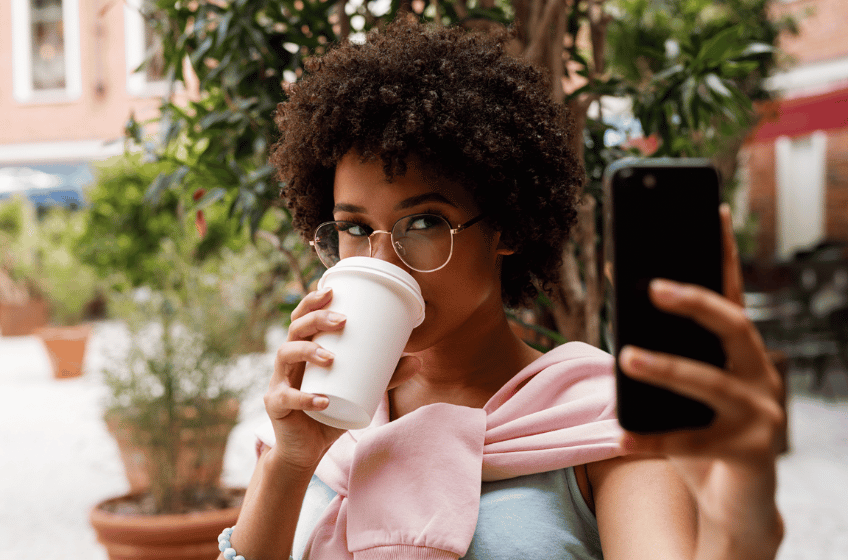
The Power of Storytelling and Exclusivity
One of the most significant changes in influencer marketing within luxury sectors has been the emphasis on storytelling. Today, it’s not enough to showcase a product; it’s about crafting a narrative that aligns with the brand’s values and resonates emotionally with the audience. Influencers are no longer just endorsing products—they are creating content that tells the story of the brand, often with a personal twist.
Take the example of luxury travel influencers. Instead of merely showcasing a high-end resort, these influencers narrate their experience in a way that highlights the exclusivity and uniqueness of the destination. They provide an insider’s look, often capturing behind-the-scenes moments that traditional marketing campaigns could never replicate. This storytelling approach not only engages followers but also enhances the perceived value of the brand.
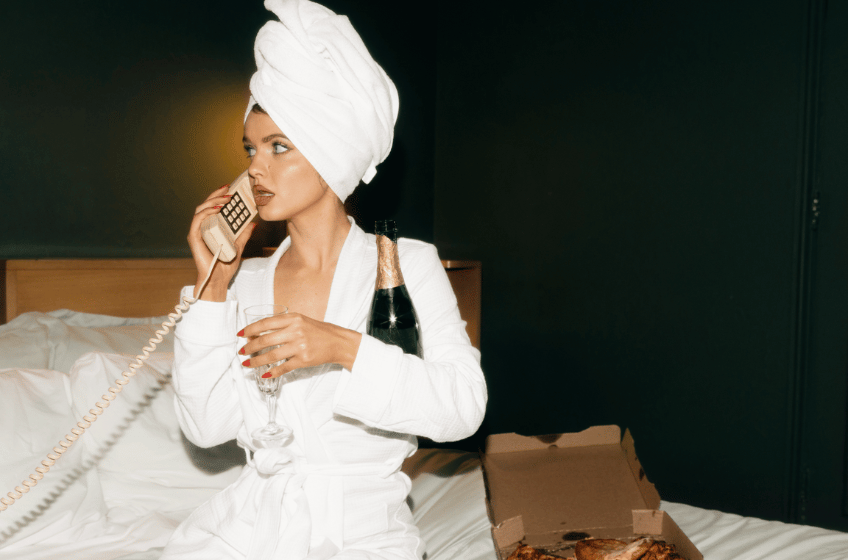
Adapting to Digital Trends: AR, VR, and Live Streaming
As technology evolves, so does influencer marketing in the luxury industry. Augmented Reality (AR), Virtual Reality (VR), and live streaming are becoming powerful tools for creating immersive experiences. For example, luxury fashion brands have experimented with AR filters that allow users to “try on” designer items digitally. Similarly, virtual tours of luxury real estate properties offer potential buyers an immersive experience from the comfort of their own homes.
Influencers are at the forefront of these innovations, often serving as the bridge between these cutting-edge technologies and consumers. Live streaming events, whether it’s an exclusive fashion show or a virtual property tour, are increasingly popular. Influencers bring these events to life, offering their personal insights and engaging with viewers in real-time, thus adding a layer of authenticity and immediacy that traditional marketing lacks.
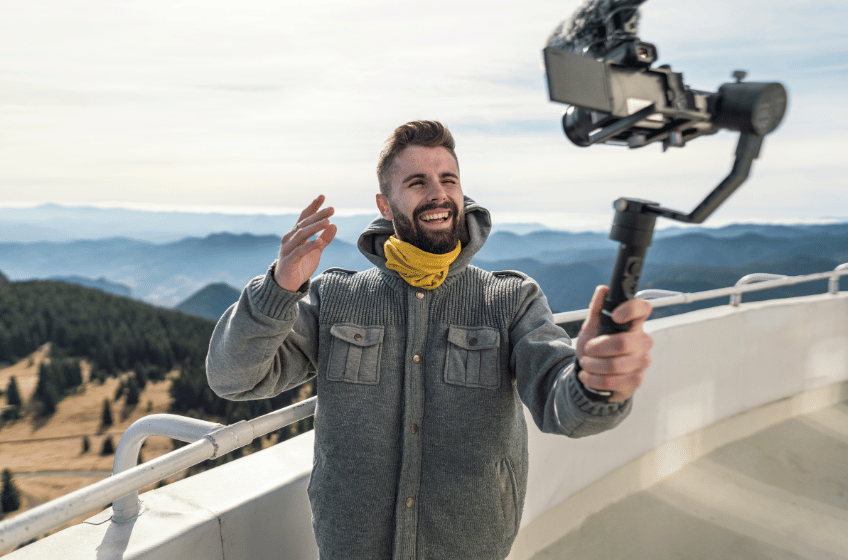
Case Study: Influencer Campaign for a Leading Real Estate Brokerage in Switzerland
One example of a successful influencer campaign comes from a top luxury real estate brokerage in Switzerland. By partnering with a mid-tier influencer specializing in luxury living and travel, the brokerage was able to create an authentic narrative around its exclusive properties and tap into a new audience. Through a personalized virtual video tour of one of the brokerage’s luxurious villas, the influencer provided behind-the-scenes insights that resonated with their affluent audience. This collaboration led to a significant increase in engagement, qualified leads, and inquiries from international buyers.
This successful campaign was facilitated by the World Luxury Chamber of Commerce’s (WLCC) exclusive network, which connects luxury brands with influencers who align with their brand ethos. By carefully selecting influencers who reflect the prestige and values of the brokerage, the WLCC helped the brand craft a powerful story that reached and engaged their target audience.
The Future of Luxury Influencer Marketing
The future of influencer marketing in luxury sectors is poised for further innovation. As brands continue to navigate the balance between exclusivity and accessibility, we can expect to see more personalized, data-driven campaigns that leverage the power of AI and machine learning. Hyper-personalized content, where influencers create tailored experiences for their followers, could become the norm.
Moreover, as consumers become more conscious of issues like sustainability and social responsibility, luxury brands will increasingly seek out influencers whose values align with their own. Authenticity will remain key, but it will be coupled with a stronger emphasis on ethics and transparency.
The evolution of influencer marketing in luxury sectors has been marked by a shift from traditional endorsements to authentic, story-driven content that leverages digital innovations. As this dynamic field continues to grow, luxury brands that embrace these changes will be well-positioned to captivate and engage the next generation of affluent consumers.
Did you know? Marketers are increasing their influencer marketing spend, with 59.4% of marketers who plan on increasing their budget in 2024. – Influencer Marketing Hub
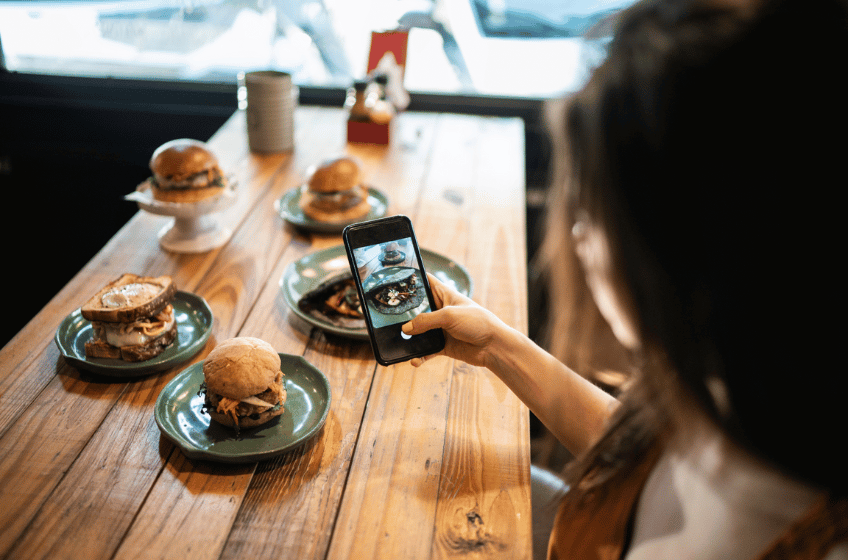
Influencer Marketing As A Necessity
“In today’s luxury market, influencer marketing is not just a strategy—it’s a necessity. It allows brands to tell authentic stories that resonate deeply with a discerning audience. At the World Luxury Chamber of Commerce, we recognize the importance of these connections, which is why we provide our members with the tools and network to partner with influencers who embody their brand ethos. By facilitating these relationships, we help luxury brands navigate the complexities of this dynamic space, ensuring they achieve lasting growth and innovation,” commented Alexander Chetchikov, President of the World Luxury Chamber of Commerce.
Ready to elevate your brand’s story through influencer marketing? Contact the World Luxury Chamber of Commerce today to discover how we can connect you with top influencers who align with your brand’s vision. For more insights about WLCC, read this exclusive interview with our President. To learn more about influencer collaboration opportunities available to WLCC members, feel free to reach us at info@worldluxurychamber.com.


